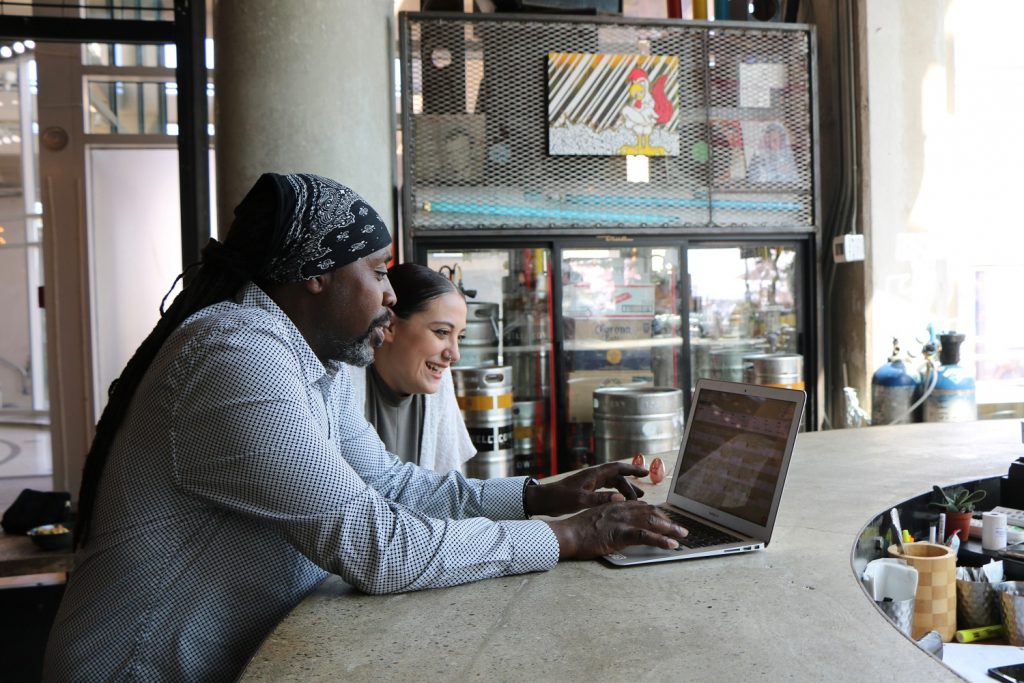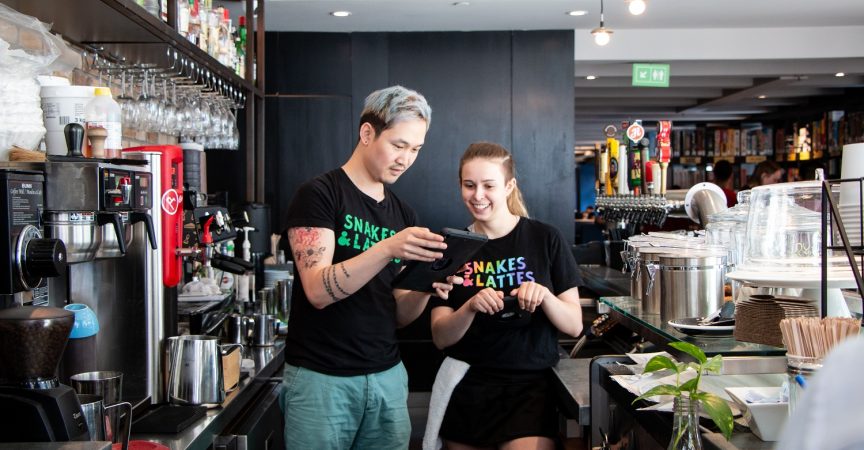Why Technology is Essential to Smooth Restaurant Diversification
New food trends, local demographic fluctuations, seasonal slowdowns, new competition, and changing market prices are among the many evolving external factors that can impact a restaurant’s revenue stream. Sometimes the changes are rapid, sometimes they subtly seep in. Either way, using technology to implement and manage diversification programs can prevent a restaurant operator from getting blind-sided by those changes that often result in a revenue slump.
While a restaurant might have the best steak or taco in town, and a portion of its patrons will be loyal for years to come, friends or family members joining them for an evening out may want more diverse options.
Since feeding a restaurant’s revenue stream with new patrons that may become loyal is important for any restaurant, diversification beyond proven menu items is imperative for long term revenue stability and expansion.
For example, adding gluten free and vegan options can entice entirely new groups of customers. Servers that can respond rapidly and with great insight to questions on food allergens and sensitivities, and can readily provide alternative options based on an expanded menu, can make a major difference in bill size and return visits. Adding a retail counter where favorite salad dressings or bake-at-home breads or bottled wine is sold may be another good diversification for a restaurant. Offering quick serve lines along with full table service is another great way to expand a restaurant’s customer base. And of-course, ‘Happy Hour’ specials as well as other limited promotions are time-proven diversifications that can stabilize and grow a restaurant’s revenue stream.

While ideas around diversification may seem limitless, implementing any of these variations can put a strain on wait staff service, the kitchen, inventory control, scheduling, order processing, and accounting, in addition to the stress placed on the restaurant operator in determining which would work best. A large percent of this stress can however be mitigated by using a modern point-of-sale (POS) solution as the hub of a restaurant’s operations.
For example, with a modern POS:
- Allergen information can be included with the description for each menu item. This puts important information at the fingertips of wait staff who bring a tablet to tableside to enter orders, thereby eliminating the need to remember key points or run back and forth to the kitchen to get information a customer is requesting.
- Similarly, a gluten-free or vegan menu can be easily entered into the POS for wait staff to refer to when diners ask about menu options, without costly outside programming fees.
- Happy Hour and promotional items can be entered as well, programmed to be available at certain hours or days and automatically revert to standard pricing after the promotion period ends.
- Inventory reports for standard menu items as well as specials can reveal what items are moving the most, the days or times of the heaviest demands, who is selling what or not, and what needs to be replenished – all with just a few taps on a tablet.
- Retail products can be easily entered into the same POS with appropriate shipping or tax calculations.
- For a chain restaurant, reports can also be set up to show which venue is generating income, selling which products, and has the best sales/cost ratios.
- Staff scheduling can be easily adjusted through the POS, in minutes rather than hours, across multiple venues and/or positions for optimum labour cost ratio targets against revenue projections, while minimizing overtime.
- End of day processing with account reconciliation can be painless and fast, despite new menu items, changing staff schedules, and variations in inventory management.
- Return customers and their preferences can be easily tracked so special VIP treatment and streamlined marketing campaigns can be offered to increase loyalty.
- Integrated payment processing can streamline the whole payment process and automatically transfer bill amounts for processing. This eliminates time wasted on double entry and costly manual errors, while enabling a restaurant to accept all types of payments.
A modern POS solution enables an operator to control all facets of running and expanding the restaurant from a single hub, making it so much easier for an operator to diversify with confidence and efficiency.
Alex Barrotti, TouchBistro CEO and Founder will be speaking at RC Show 2020 on the panel, ‘The Next Era of Restaurant Tech Is Making Eateries More Efficient And Profitable‘ on Tuesday, March 3rd at 2:00 p.m. on the Speaker Stage.
Be sure to register now (Restaurants Canada members can take advantage of complimentary passes) to hear Alex speak on how innovations and technology tools can increase efficiency and loyalty—and add to your bottom line.

About the Author:
Alex Barrotti, TouchBistro CEO and Founder, is a successful serial entrepreneur and visionary in the advanced technologies that help retail and hospitality businesses expand. Alex launched the TouchBistro iPad POS and payments solution for restaurants in 2011. To date, TouchBistro has powered over 25,000 restaurants in more than 100 countries to increase sales, improve the customer experience, and make better business decisions.









